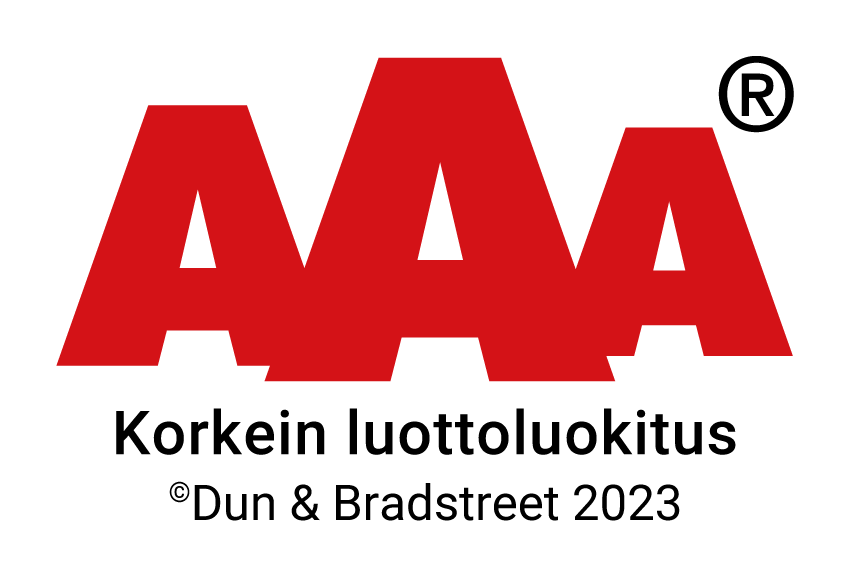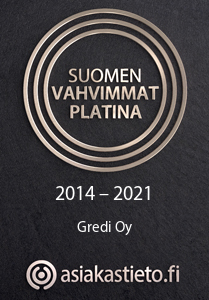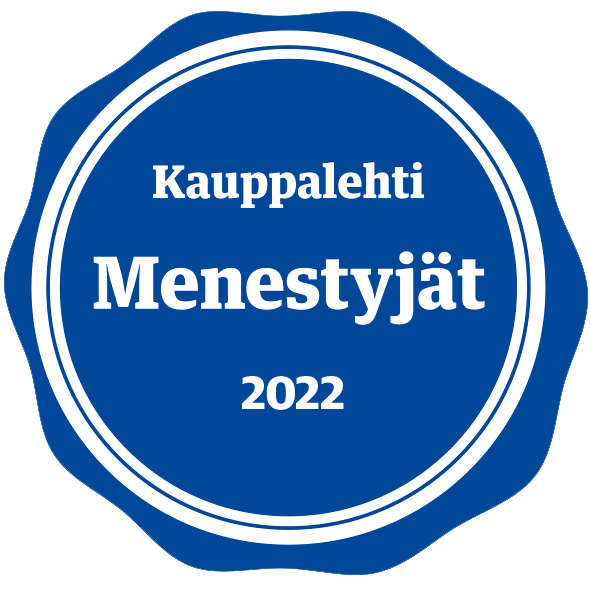How To Build A Functioning Production Ecosystem?

With the remote working leap the communication has become an increasingly important prerequisite for work. Now is the time to make sure that your investment in digital asset management is not underutilized and not a special tool for your marketing department only.
In a production ecosystem your entire organization will benefit from digital asset management as you harness it as a comprehensive standard tool for transferring information and digital assets.
During the digitalization boom the basic business routines of many companies have already been digitalized. Truly mobile data management and communication makes it possible and even easy to work regardless of time and place. A centralized secure storage and distribution location for branded and version-managed materials benefits your sales, marketing, communications and other operations.
The basic pillars of a digital production ecosystem are digital asset management, a digital communication platform and operating models that support remote working.
Different functions may have different material management needs. Sales value up-to-date and personalizable materials as well as timesaving and error-reducing customer and product information integrations, or additionally easy distribution channel management. You have an excellent sales tool in the PowerPoint tool for asset management, with which you can produce branded presentations in a flash. Distributing offers and attachments as web based digipapers also makes your sales easier.
In marketing, asset management requirements focus on the ease of material distribution and access rights management, automating material production and guaranteeing brand image. Gredi Content HUB’s artificial intelligence helps in the classification, formatting, language versioning of materials and, for example, in the automatic subtitling of videos.
For communication priorities, Gredi Content HUB provides assistance in timed brand-managed publication, efficient utilization and recycling of existing content and materials, and monitoring and reporting on use and publication. You can also automate the customization of your message to different channels.
To make your remote work more efficient and build a production ecosystem around it, start with these three basic elements:
- Remote working communication platform. Choose the communication tools that work best for your organization. There are several options and you should properly familiarize yourself with them. A good platform is reliable, easy to use, stretches for many uses and can be integrated with other systems.
In an efficient production ecosystem, the number of internal communication tools should be minimized. Centralized information flow reduces errors and saves working time.
- Free movement of information and easy access to digital assets. In addition to a digital communication platform, decentralized information work needs digitalized information. The more comprehensively you digitalize your information sources and data collection, the easier it will be to harness them for your information work. A prerequisite for effective remote work is effortless access to your company’s digital assets. The data is no more located and hard-to-find on your experts’ hard drives, when the storage and distribution is centralized in digital asset management.
Up-to-date information moves easily and quickly in your remote work production ecosystem. Streamline your data flow by integrating the most important systems with the data management. You will get one centralized view of all information.
For example, a remote sales meeting requires digital sales materials as traditional e-mail does not quickly reach a remote meeting customer. The rhythm of work has accelerated so that materials are needed right away, not just days from now.
With digital asset management integrations, you can ensure that the customer and product information is updated to the databases or websites you want at the click of a button. You can also decentralize material production and personalization of materials to your experts. As a bonus, you will lighten the workload of your marketing department.
- Common ground rules. When your entire organization works according to common rules and practices, unnecessary adjustments and guesswork are eliminated. Digital tools help and support your business. Gredi Content HUB automatically takes care of your campaigns and publications of your marketing messages, reminds you of your project schedules, monitors the access rights of your materials and updates your content to various channels and product templates.
Common ground rules reduce errors, streamline processes, and streamline your practices. They help you to make concrete the steps to achieve business goals. Your experts will understand what you are doing and what role each one has in the big picture.
Listen to Gredi’s Digismart Ecosystem audiobook, get it now for free here.
« More Power To Remote And Group Work!
The Network Gives an Extra Boost To Your Marketing »






